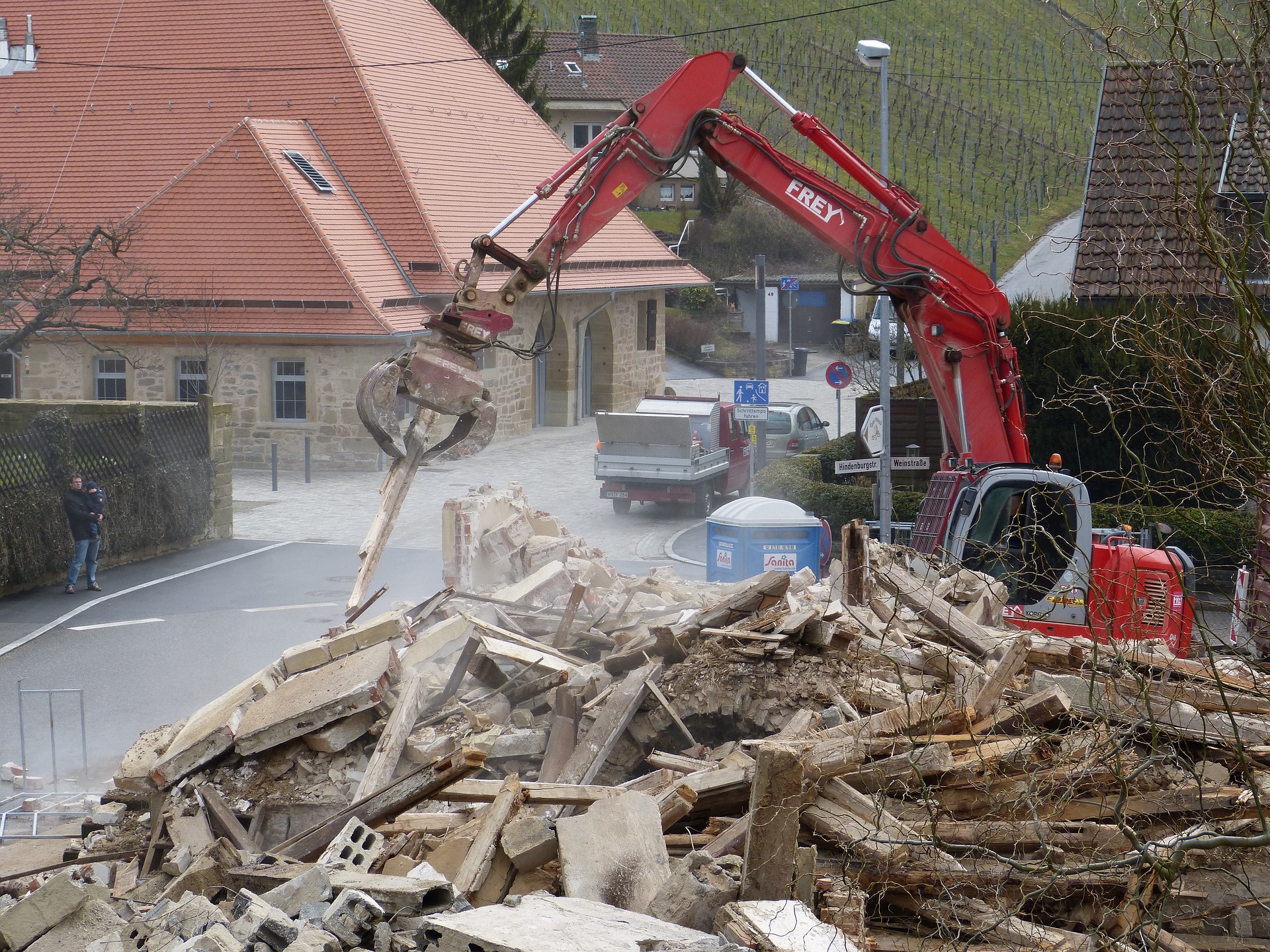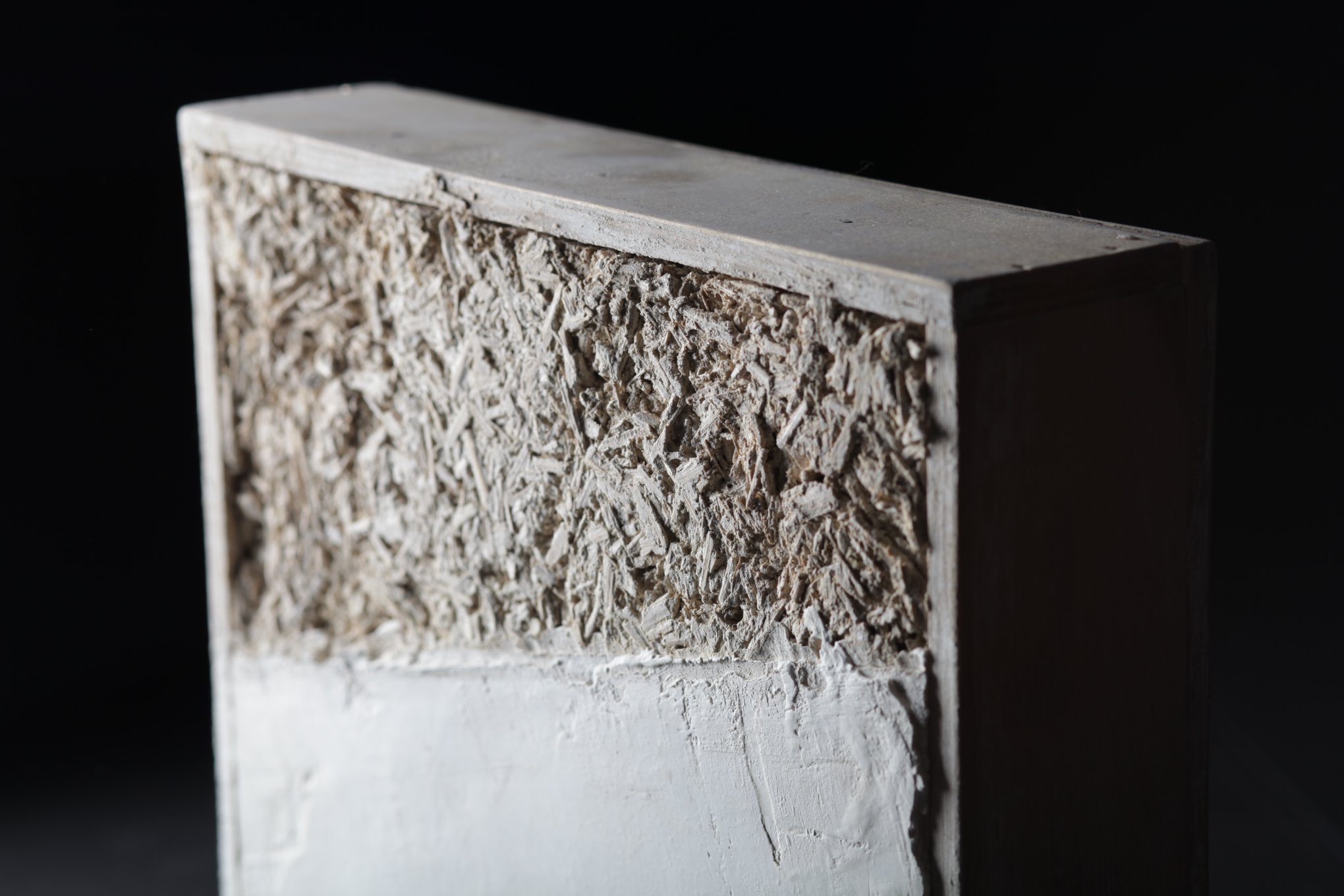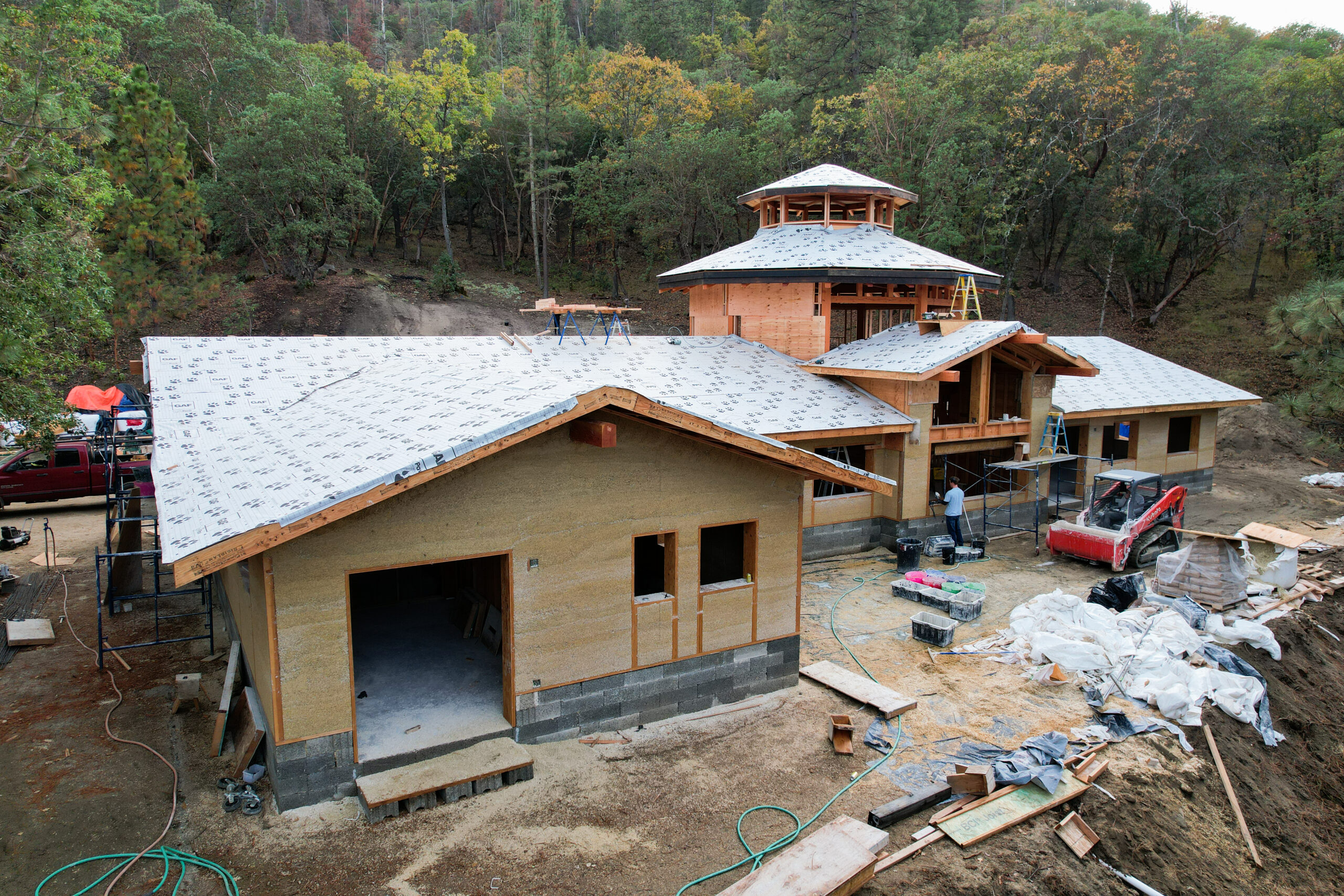by Ted Reiff, The ReUse People
Exceptional living is the dream of new homeowners pursuing green building and remodeling. They want good indoor air quality, super energy efficiency, and finishes made from renewable, sustainable sources. Few, however, pay attention to what happens to the old structure. Whether it’s an entire house, or a portion to be remodeled, your old building materials deserve a second look. Ignore the poor lighting, the leaks, the inefficient floor plan, and other qualities that fall short of ideal green building and consider the possibilities.
Most homeowners, eager to experience their dream home, consider only demolition as the most efficient alternative. Demolishing a building means completely destroying it, using heavy machinery to knock down and crush it, condensing the materials as much as possible for transport to the landfill. This method clogs landfills and shortens their useful life. In addition, it can cost owners thousands of dollars in fees while depriving consumers of a wealth of quality products and materials.
Avoid demolition:
– Tax-deductible donation receipts are available for useable building materials donated to nonprofit organizations
– Maintains a supply of used building materials that increases the value and enhances communities
– Most used building materials have value
– Dwindling landfill space means disposal costs are rising
– Landfills are already overburdened and few new ones are being sited.
Today’s soaring disposal costs are building greater value in the things we consider trash. In addition to diminishing landfill space, disposal costs are increasing due to long trucking distances, conversion of tax-producing acreage to new landfills (with compensating increases in other areas), regulatory burdens, and the double and triple handling of trash as it gets sorted and distributed.
Practically everything in today’s buildings is gaining value. Fifteen years ago, almost all concrete was thrown in the landfill. Today concrete is ground up and sold for engineered backfill or road base. Doors and windows get a second chance as architectural elements, in exterior structures and alternate structures such as chicken coops, pea patch supply sheds, and other garden supply sheds.
Federal and state governments are stepping in: choosing deconstruction over demolition and donating the salvaged materials to a qualified nonprofit organization.
A small, rapidly growing trend, deconstruction is the careful dismantling of a structure and the salvaging of all useable materials. After a home has been deconstructed, wood, windows, doors, cabinets and other items are donated, often garnering the owner a substantial tax deduction. In all cases, the materials are kept out of the landfills and reused. Up to 85 percent of a building’s materials can usually be saved.
Here are the basic steps to Deconstruction:
1) Locate a qualified nonprofit organization whose charter is to accept all types of used building materials, not just architecturally significant materials. Use due diligence to ensure that the organization is a lawful nonprofit.
2) The nonprofit should prepare two inventories. The first is a pre-inventory of all items to be donated (appliances, doors, windows, cabinets, carpeting, plumbing, and electrical fixtures). The second is a post-inventory of all lumber (framing members) and recyclables such as aluminum, steel, and copper. Both of these inventories are sent to an appraiser, with copies to you.
3) Choose an appraiser qualified to write an appraisal report based on the fair market value of used building materials. The federal tax code requires a written appraisal for any in-kind (non-monetary) donation of $5,000 or more.
4) Together with your builder or architect, select a licensed and bonded deconstruction contractor to carefully dismantle the home, or the portion to be remodeled. All legitimate deconstruction contractors in Washington are licensed by the Washington State Department of Labor and Industries with a specialty license for demolition. Request workers compensation insurance and liability insurance certificates naming you or your contractor as additional insured.
5) Upon completion of the deconstruction project, the used building materials are delivered to the nonprofit organization, and the inventories are sent to your appraiser. The appraiser downloads IRS Form 8283 from the IRS website and completes and signs the form, attesting to the value of the materials. This form is sent to the nonprofit organization along with the appraisal report. The nonprofit signs Form 8283 verifying receipt of the donated materials and the date of donation, then forwards the entire package to you. You keep the appraisal report as backup and send Form 8283 to your tax specialist for attachment to Form 1040.
Deconstruction is a win-win-win solution. Even people electing to build traditionally can start green by deconstructing. Owners win with a tax deduction, the consumer wins by getting quality materials at low prices, and the community wins by saving overburdened landfills.



